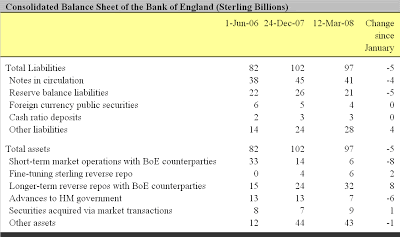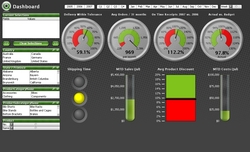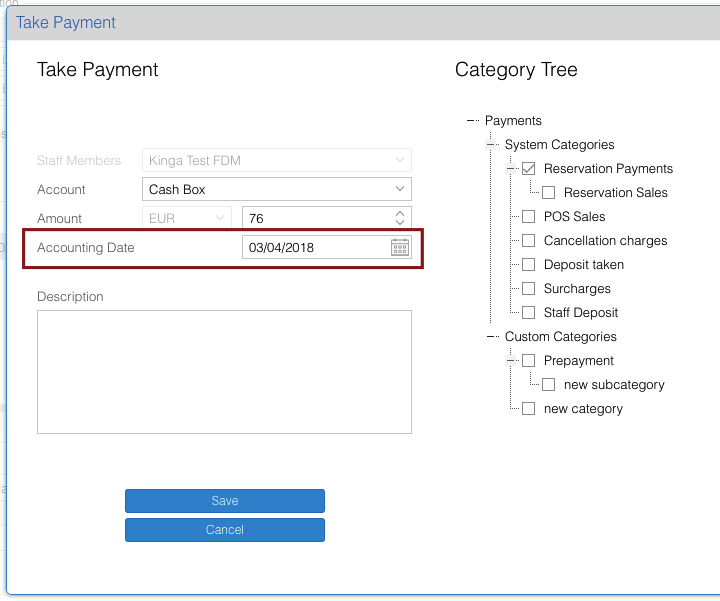Content

This report is the most important and most comprehensive asset report for the year-end closing or for an interim financial statement. This report contains information from opening balances to the end of the year. With the /ZPOSTVAL layout selected there are many columns displaying information about the Asset Master record like its class, description, capitalisation date, and accounting elements. This report can be used to view all settlement rules created for AuC projects. It is a useful report for the Senior Asset Accountant as it allows them to review settlement rules defined for Capital Projects; especially the rules defined for final settlement.
Mutual funds, closed-end funds and unit investment trusts are the three types of investment companies. Dividend yield – Annual percentage of return earned by a mutual fund. The yield is determined by dividing the amount of the annual dividends per share by the current net asset value or public offering price. Capital – The funds invested in a company on a long-term basis and obtained by issuing preferred or common stock, by retaining a portion of the company’s earnings from date of incorporation and by long-term borrowing. Equity MultiplierThe equity multiplier is a simple ratio of total assets to total equity that helps us understand how much of the company’s assets are financed by shareholder equity.
Accountants’ Report
Examples include rent, marketing and advertising costs, insurance, and administrative costs. In accounting, liquidity describes the relative ease with which an asset can be sold for cash. Assets that can easily be converted into cash are known as liquid assets. Accounts receivable, securities, and money market instruments are all common examples of liquid assets.
- These records may then be used in official financial reports such as balance sheets and income statements.
- Total Assets FormulaTotal Assets is the aggregate of liabilities and shareholder funds.
- DISCLOSUREdocument that must be filed with theSECin connection with apublic offeringof SECURITIES, unless the offering is exempt.
- Type ofLEASE, normally involving equipment, whereby theCONTRACTis written for considerably less than the life of the equipment and the lesser handles all maintenance and servicing.
- If there is evidence that a receivable might be uncollectible, it’ll be classified as impaired.
Deloitte refers to one or more of Deloitte Touche Tohmatsu Limited (“DTTL”), its global network of member firms and their related entities. DTTL (also referred to as “Deloitte Global”) and each of its member firms are legally separate and independent entities. If the pattern cannot be determined reliably, amortise by the straight-line method. Restoration Cost means the amount of money paid to the township by a permittee to achieve the level of restoration according to plates 1 to 13 of Minnesota Public Utilities Commission rules. Total Project Cost means all the funds to complete the effort proposed by the Applicant, including DOE funds plus all other funds that will be committed by the Applicant as Cost Sharing. Project Cost means the price payable to Service Provider over the entire period of Agreement (i.e. Rs. ) for the full and proper performance of its contractual obligations. Interest and the fee payable under Clause 17.1 accrue from day to day and are calculated on the basis of the actual number of days elapsed and a year of 365 days or, if market practice dictates, 360 days.
Employee Stock Ownership Plan (ESOP)
In the middle you can see the Planned values, Posted values, and Parametersof the asset. On the left-hand side, you can see related objects, including your Investment Order that created this AuC. Finally, at the bottom you can see the list of Transactions related to this AuC. In the example screenshot below, you can see both the original cost and the settled cost postings. This report will display all AuC internal orders and which in turn assist the user to check whether or not they have unsettled balances.
Asset Costmeans, for each Collateral Loan included in the Collateral, the product of the Purchase Price paid by the Borrower for such Collateral Loan times the Principal Balance of such Collateral Loan at such time. YTD Return – Year-to-date return on an investment including appreciation and dividends or interest, minus any applicable expenses or charges. Valuation – An estimate of the value https://online-accounting.net/ or worth of a company; the price investors assign to an individual stock. An organization or individual who has responsibility for one or more accounts. An individual who, as part of a fund’s board of trustees, has ultimate responsibility for a fund’s activities. Treasury bond – Negotiable long-term debt obligations issued by the U.S. government and backed by its full faith and credit.
How to Use This Accounting Terms Guide
The new framework is intended to enhance interstate reciprocity and practice across state lines by CPAs, meet the future needs of the profession, respond to the marketplace and protect the public that the profession serves. However the insolvency requirement does not apply to GIFT taxes. The transferee is only liable to the extent of the value of the property received from the transferor. Thus, transferee liability merely provides a means for the IRS to recover any assets the transferor-taxpayer attempts to transfer to avoid paying taxes. Date when aSECURITYtransactionis entered into, to be settled on at a later date.

Right to purchase or sell a specified number of shares of stock at specified prices and times. Generally, the basis of property acquired by INHERITENCE,BEQUESTor device from a DECENDANT is theFAIR MARKET VALUEof the property on the date of the decendant’s death. Thus if the fairmarketvalue is more than thedecedent’s basis, a taxpayers basis in the property received is stepped-up. Noncorporate investors may exclude up to 50 percent of theGAINthey realize on the disposition of qualifiedsmall business stockissued after Aug. 10, 1993, and held for more than five years. The amount of gain eligible for the 50 percent exclusion is subject to per-issuerlimits. In order to qualify for the EXCLUSION, theCORPORATIONissuing the stock must be a C Corporation and it must use at least 80 percent of its assets in active conduct of one or more qualifiedtradeor businesses.
Promissory Note
Money market mutual fund – A short-term investment that seeks to protect principal and generate income by investing in Treasury bills, CDs with maturities less than one year and other conservative investments. Expense ratio – Amount, expressed as a percentage of total investment that shareholders pay annually for mutual fund operating expenses and management fees.

Used toaccountfor theacquisitionof anothercompanywhen the acquiring companyexchangesits voting COMMON STOCKfor the voting common stock of the acquired company when certain criteria are met. The recognition thatNET INCOMEfor anyPERIODless than the life of the business, although tentative, is still a useful estimate ofnetincome for that period. In capital Expenses or Assets: Definitions and Explanations budgeting; the length of time needed to recoup thecost of capitalinvestment. LOSSgenerated from activities involved in the conduct of atradeor business in which the taxpayer does not materially participate. One of two classes ofincome taxed under theINTERNAL REVENUE CODE. Historically,ordinary incomeis taxed at a higher rate than capital gains.
A sales charge or load is reflected in the asked or offering price. Rights of accumulation – The right to buy over a period of time. For example, this might be done by an institutional investor to avoid making a single substantial purchase that might drive up the market price, or by a retail investor who wants to reduce risk by dollar cost averaging.
